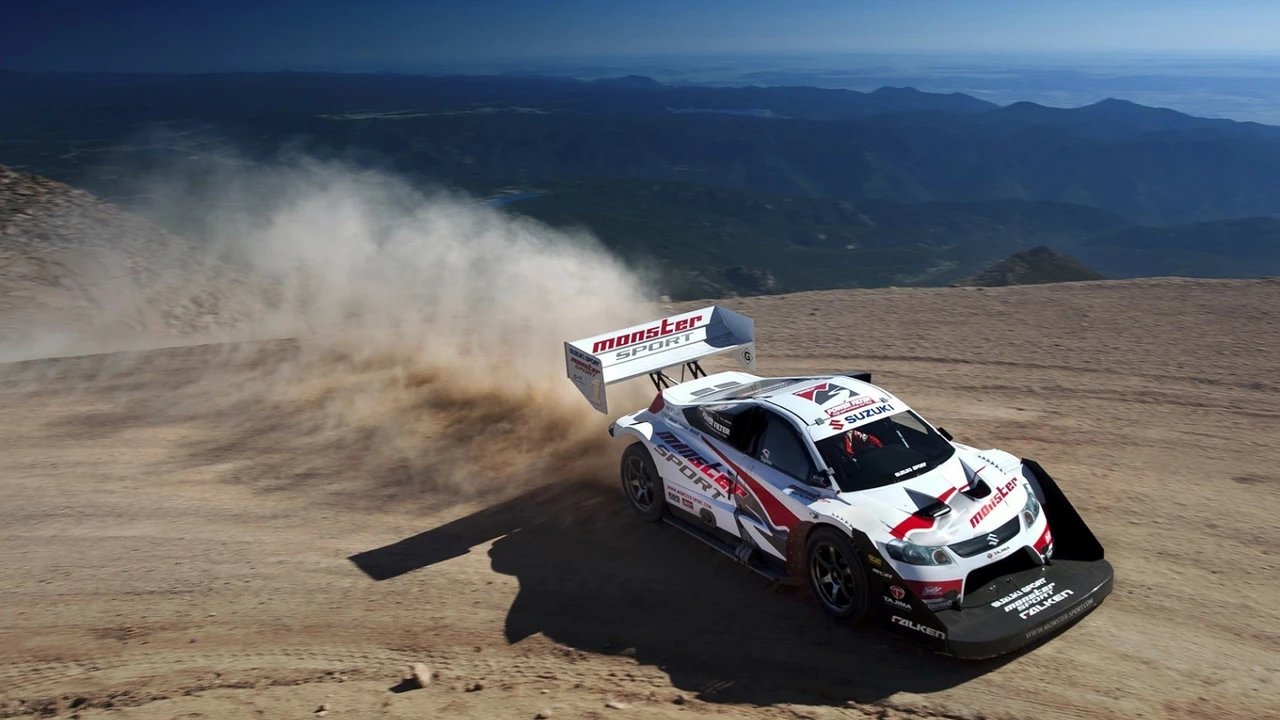Danger in Motorsports – Why It Matters
Every time a car roars past the finish line you feel a rush of excitement, but you also know there’s a thin line between thrill and tragedy. On Bill Smith Motorsports Hub we tag the stories that touch that line, so you can see the risks, learn the back‑story, and stay ahead of the next big shake‑up.
From transfer clauses that could derail a multi‑million‑pound move to on‑track contacts that spark heated debates, danger isn’t just about crashes. It’s about the stakes behind every decision, the cost of a missed safety measure, and the way fans react when something goes sideways.
When Danger Shows Up on the Track
Look at the “Is rubbing really part of NASCAR racing?” post. The author points out that cars bumping into each other – what fans call “rubbing” – is a real tactical tool, but it also raises safety alarms. Those moments can decide a race, yet they remind us that a single misjudge can flip a car or send debris into the crowd.
Another example is the discussion on why BMW doesn’t compete in F1. The answer isn’t just about brand strategy; it’s about the massive financial and safety commitments a team must shoulder. Jumping into Formula 1 means spending billions on car development, driver training, and crash research. By staying out, BMW sidesteps the danger of massive loss if a new project fails.
Even off‑track deals can be dangerous for clubs. The Carlos Baleba transfer saga shows how a 15% sell‑on clause can inflate a price and put a club in a precarious position. If Brighton miscalculates, they could lose a key player or strain their budget, which can ripple into on‑field performance and fan disappointment.
How Fans Can Stay Safe
If you’re heading to a race, the first rule is simple: know the venue’s emergency exits and where medical staff are located. Most tracks have clearly marked routes, but they’re easy to miss if you’re focused on the roar of engines.
Second, keep a safe distance from the barriers. The excitement can make you want to get close, but a minor impact can send metal flying. A quick glance at the venue map will show you the best viewing spots that still keep you protected.
Third, watch the weather. Rain or extreme heat adds another layer of danger – slick tires, overheating engines, and driver fatigue. When forecasts predict a downpour, many tracks will slow down the race or even pause it. Trust the officials; they’re balancing excitement with safety.
Finally, stay informed. Our tag page collects every story that mentions danger, from driver injuries to risky business moves. Reading these posts gives you a broader picture of what’s at stake, so you can appreciate the sport without being blindsided.
Danger isn’t just something that happens on Sundays; it’s woven into the contracts, the technology, and the fan experience. By understanding where it hides, you get a deeper respect for the sport and a safer way to enjoy it.
Sports & Recreation

How dangerous is rally racing?
Rally racing is indeed an exhilarating sport, but it's also fraught with risk. The unpredictable nature of the terrain and high speeds can lead to serious, sometimes fatal, accidents. Participants are not only exposed to physical injuries but also mental stress. The danger level is heightened by weather conditions and the state of the rally cars. Despite rigorous safety measures, it's clear that rally racing is a high-risk sport that requires absolute skill and caution.